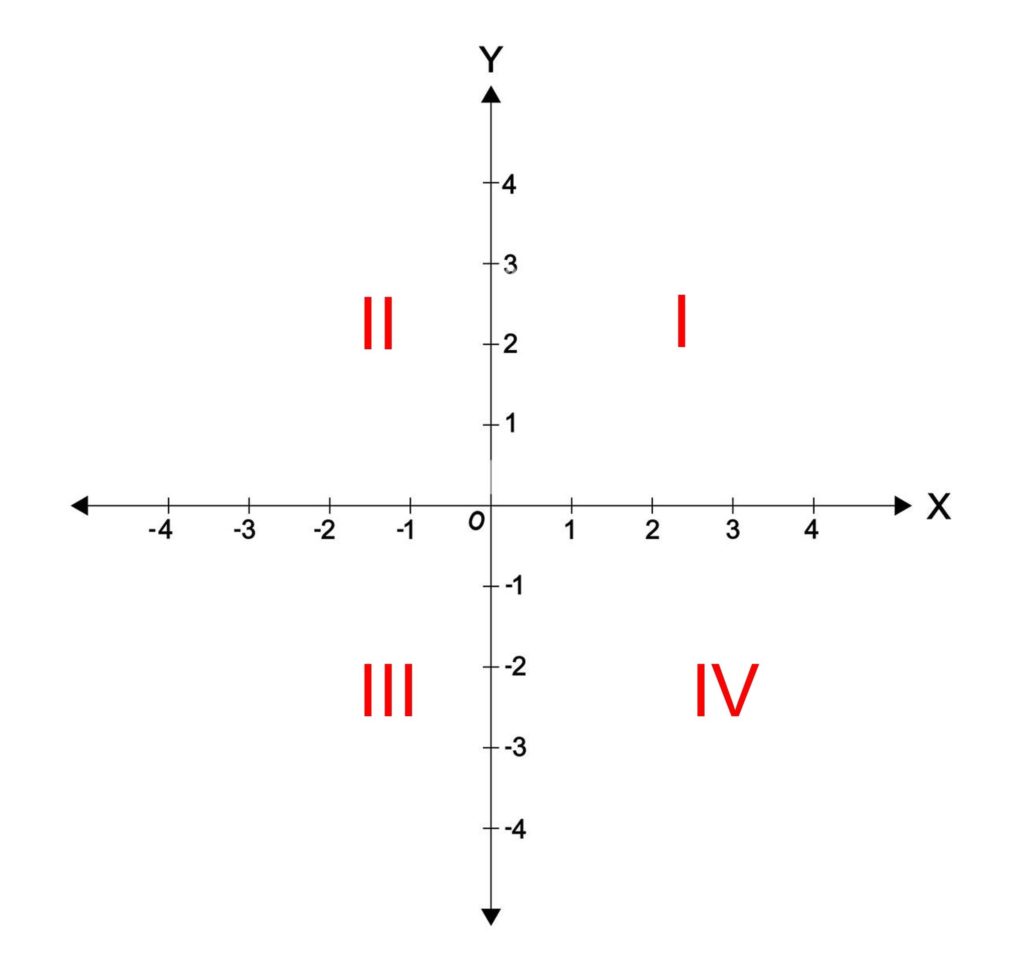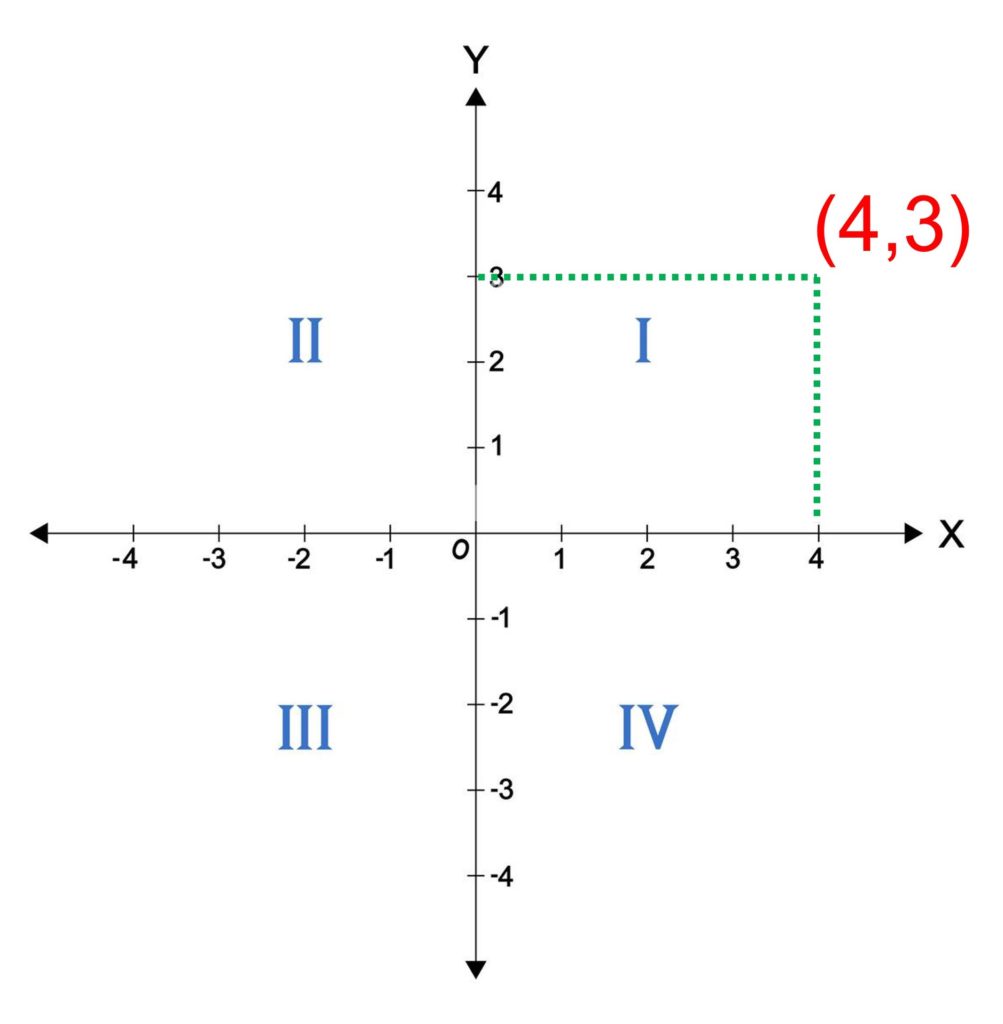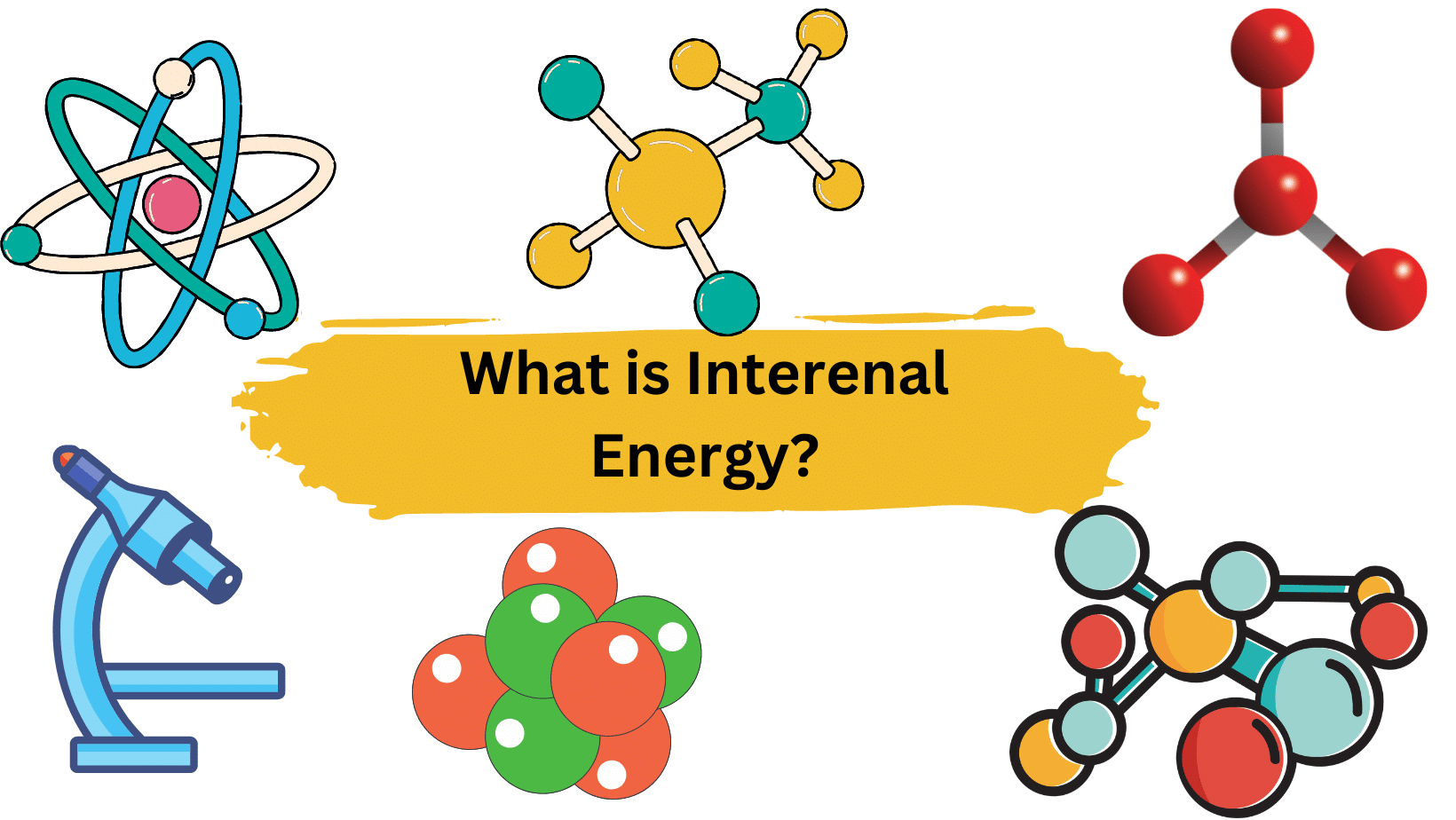Cartesian plane definition: The cartesian plane is defined in mathematics as a two-dimensional coordinate plane formed by the intersection of the x- and y-axes. The origin is the place where the x- and y-axes join perpendicularly.
This article will explain what a cartesian plane is and the many sections of a cartesian plane through several solved examples.
In simple words, The Cartesian coordinate system is a coordinate system used in mathematics to put points on a plane using two values called the x-coordinate and the y-coordinate. Two perpendicular lines called axes are drawn to position the coordinates.
There are four quadrants on the Cartesian plane. These are numbered I to IV, beginning on the upper right and working counterclockwise.

- Quadrant I: both the x- coordinate and y-coordinate are positive
- Quadrant II: the x-coordinate is negative, but the y-coordinate is positive
- Quadrant III: both x and y coordinates are negative
- Quadrant IV: x-coordinate is positive but the y-coordinate is negative
The following table summarises coordinate plane quadrants:
| Quadrant | Sign Convention |
| I | (x, y) |
| II | (-x, y) |
| III | (-x, -y) |
| IV | (x, -y) |
Table of Contents
Plotting Points on a Cartesian Plane
- The location of a point in the plane is given by its coordinates, a pair of numbers enclosed in parentheses: (x,y)(x,y).
- The first number x gives the point’s horizontal position and the second number y gives its vertical position.
- All positions are measured relative to a “central” point called the origin, whose coordinates are (0,0).
- Consider (4, 3) which must be represented on the graph in a coordinate plane. Because both coordinates are positive, they must belong to the first quadrant. We also know that the first coordinate indicates a point on the x-axis and the second coordinate represents a point on the y-axis. As a result, 4 must be 4 units away from the origin in the direction of the x-axis, and 3 must be 3 units away in the direction of the y-axis.

Cartesian Plane Simple Explanation for Kids
The Cartesian Plane is a way of drawing pictures or graphs by using two lines that intersect each other at a right angle. These two lines are called the x-axis and the y-axis. The x-axis goes left and right, and the y-axis goes up and down.
You can use the Cartesian Plane to plot points or draw shapes by giving each point a set of two numbers: one number tells you how far to go left or right from the origin (where the two lines meet), and the other number tells you how far to go up or down.
The Cartesian Plane is really useful for all kinds of things, from making maps to solving math problems!
Daily Life Significance of Cartesian Plane
The Cartesian Plane has many applications in daily life. Here are some examples:
- Navigation: The Cartesian Plane is used in GPS systems, maps, and other navigation tools. By plotting your location on the x and y axes, you can easily find your way around an area.
- Economics: The Cartesian Plane is used in economics to represent supply and demand curves. These curves show how the quantity of a product changes in response to changes in price.
- Architecture and Engineering: The Cartesian Plane is used to create 2D and 3D models of buildings, bridges, and other structures. It allows architects and engineers to accurately represent the physical properties of their designs.
- Computer Graphics: The Cartesian Plane is used in computer graphics to create images and animations. By plotting points on the plane, computers can create complex visual effects and simulate real-world physics.
- Data Analysis: The Cartesian Plane is used in data analysis to create scatter plots and other visualizations. These plots can help researchers identify patterns and trends in large datasets.
Solved Numerical Examples to Explain Cartesian Plane
Example 1: Plotting Points on the Cartesian Plane
Problem: Plot the point (3, 4) on the Cartesian Plane.
Solution: Points (3, 4) mean that you need to move 3 units to the right and 4 units up from the origin (where the x and y axes intersect). Starting at the origin, move 3 units to the right along the x-axis, and then 4 units up along the y-axis. Point (3, 4) is located at the intersection of these two lines, as shown in the diagram:

Example 2: Finding the Distance Between Two Points on the Cartesian Plane
Problem: Find the distance between points (1, 2) and (4, 6) on the Cartesian Plane.
Solution: To find the distance between two points on the Cartesian Plane, you can use the Pythagorean Theorem. The distance is equal to the square root of the sum of the squares of the differences in the x and y coordinates. In this case:
Distance = √[(4-1)^2 + (6-2)^2] = √[3^2 + 4^2] = √(9 + 16) = √25 = 5
Therefore, the distance between points (1, 2) and (4, 6) is 5 units.
Cartesian Plane Simple Explanation in Arabic (New Feature)
المستوى المتجانس هو طريقة لرسم الصور أو الرسوم البيانية باستخدام خطين يتقاطعان عند زاوية قائمة، وتسمى هذان الخطان المحور الأفقي والمحور الرأسي. المحور الأفقي يتجه يساراً ويميناً، والمحور الرأسي يتجه للأعلى وللأسفل.
يمكن استخدام المستوى المتجانس لرسم النقاط أو الأشكال عن طريق إعطاء كل نقطة مجموعة من رقمين: يخبرك الرقم الأول بمدى انتقالك يساراً أو يميناً من المنشأ (حيث يتقاطعان الخطان)، ويخبرك الرقم الثاني بمدى انتقالك للأعلى أو للأسفل.
يعتبر المستوى المتجانس مفيدًا حقًا لجميع أنواع الأشياء، بدءًا من صنع الخرائط إلى حل المشاكل الرياضية!
More Links
What is Brainstorming?
Associative Property- Addition & Multiplication
The Concept of Proportionality
Canonical In Computer Science| Short Overview
Pressure-Volume Diagram|PV Diagram
Linear Motion or Rectilinear Motion
Velocity Time Graph
- BCl3 Lewis Structure in four simple steps - November 1, 2023
- PH3 Lewis Structure in four simple steps - October 8, 2023
- PF3 Lewis structure in four simple steps - September 24, 2023



